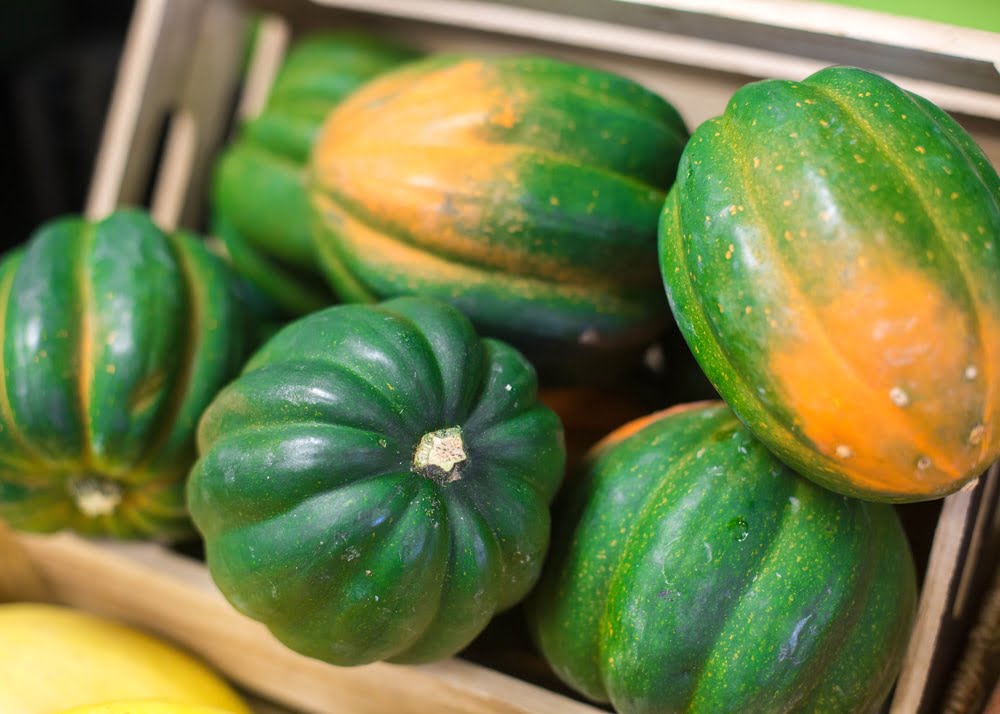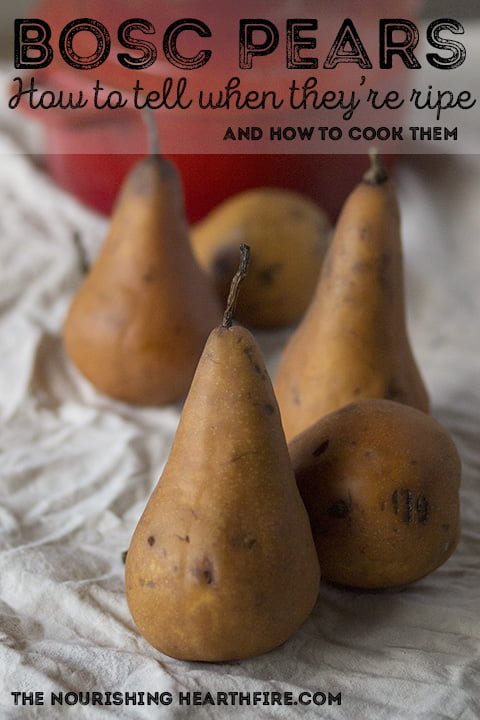If you’ve ever wondered how to determine the ripeness of acorn squash, then this article is for you. There’s nothing quite as satisfying as growing your own acorn squash and harvesting them at the perfect time when they are ripe and full of flavor. In this article, we’ll provide you with some handy tips and tricks to help you determine when your acorn squash is ready to be picked, ensuring that you enjoy the sweet, creamy flesh of this delicious winter vegetable. So, let’s get started and become experts in determining the ripeness of acorn squash!
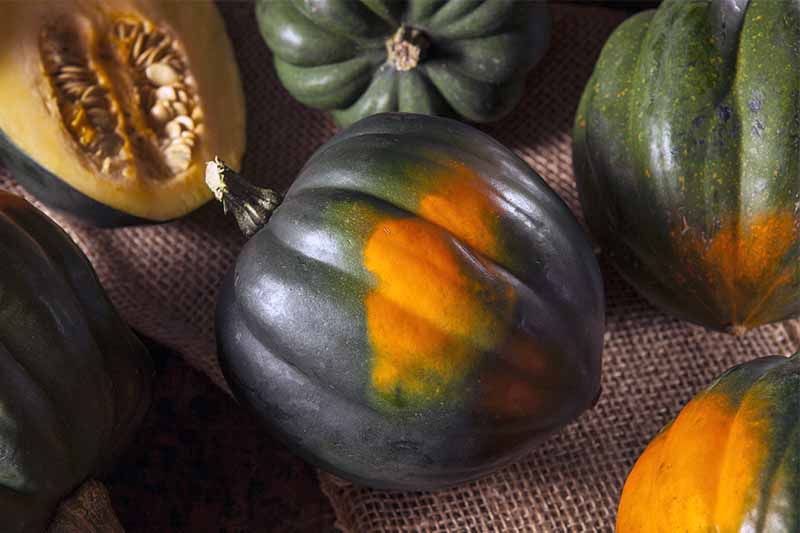
Importance of Choosing Ripe Acorn Squash
When it comes to cooking with acorn squash, choosing ripe ones is essential to ensure the best flavor, texture, and nutritional value in your dishes. Ripe acorn squash tends to have a sweeter taste and a creamier texture, making them more enjoyable to eat. Additionally, ripe squash contains higher levels of nutrients, such as beta-carotene, vitamin C, and dietary fiber, which are beneficial for your overall health. Therefore, taking the time to determine the ripeness of acorn squash is worth it for a more satisfying culinary experience and optimal nutrition.
Visual Indicators of Ripeness
Visually assessing acorn squash can give you crucial clues about their ripeness. By considering the following indicators, you can make an informed decision when selecting the perfect squash:
Color
One of the primary visual cues to look for in ripe acorn squash is the color. Fully matured acorn squash typically have a deep, dark green color. However, a well-ripened squash may also exhibit a slight orange or golden hue on its skin. Avoid selecting squash that has a predominantly light or pale green color, as it may indicate that it is not yet fully ripe.
Surface Texture
Examining the surface texture of the squash can provide valuable insights into its ripeness. Ripe acorn squash generally has a smooth and slightly glossy surface. Run your fingers over the skin to feel for any bumps or grooves. If the squash feels uniformly smooth, it is likely to be ripe. However, if the skin appears wrinkled or has soft spots, it may be an indication of over-ripeness or poor quality.
Shine
A ripe acorn squash often exhibits a natural shine on its skin. This shine is an indicator of freshness and vitality. When selecting a squash, hold it up to the light and check for a glossy appearance. A dull or lackluster surface may suggest that the squash is past its prime or has been stored for too long.
Stem Appearance
The stem of an acorn squash can give you valuable information about its ripeness. A ripe squash typically has a firm and dry stem. If the stem feels soft or has mold growing on it, it is an indication of an overripe or decaying squash. Look for a stem that is firmly attached to the squash and free from any signs of damage or decay.
Skin Firmness
To determine the ripeness of acorn squash, take a gentle squeeze of the fruit. Ripe acorn squash should feel firm but also slightly yield to pressure. Avoid squash that feels too hard or excessively soft, as it may be underripe or overripe, respectively.
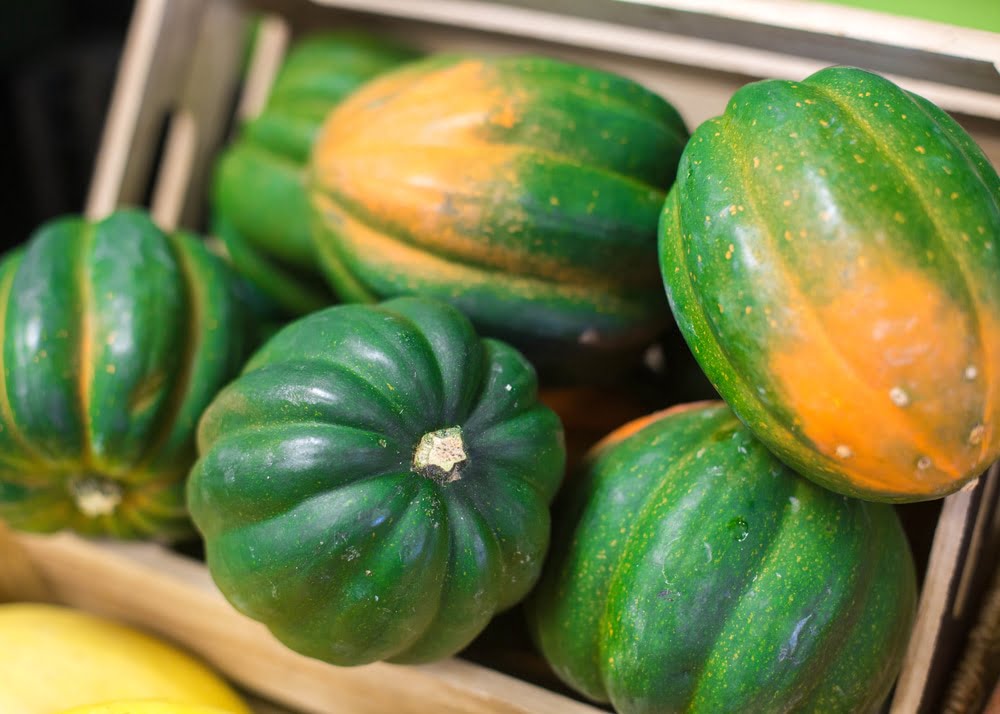
Physical Characteristics of Ripe Acorn Squash
Besides visual indicators, examining the physical characteristics of acorn squash can help you make an informed decision about their ripeness. Consider these factors when assessing the squash:
Size and Weight
When selecting acorn squash, aim for those that are medium-sized and feel heavy for their size. Smaller squash may lack flavor and have a less desirable texture, while larger squash might be overripe or fibrous. A well-sized and weighty acorn squash is often a sign of optimal ripeness.
Shape
The shape of acorn squash can vary, but it should generally be symmetrical and proportionate. Avoid squash that has irregular or distorted shapes, as it may indicate poor quality or improper growth. A uniformly shaped acorn squash is more likely to have developed evenly and reached its full ripeness.
Ridges
Ripe acorn squash typically have well-defined ridges running vertically along the fruit. These ridges should be firm and well-formed, indicating proper growth and maturity. Avoid squash with shallow or indistinct ridges, as it may be a sign of immaturity or poor development.
Blossom End
The blossom end of acorn squash is an essential area to assess its ripeness. A ripe acorn squash will have a dry and corky blossom end. However, if the blossom end appears soft or shows signs of rot or decay, it suggests that the squash is past its prime.
Tapping Method
Apart from visual and physical assessments, you can employ the tapping method to determine the ripeness of acorn squash. This technique relies on the sound produced when you tap the squash. Here’s how to perform the tapping method:
Procedure
- Hold the acorn squash in one hand, making sure to support it firmly.
- Use your knuckles or fingertips to gently tap the squash’s surface.
- Listen to the sound produced. A ripe acorn squash will produce a hollow and dull thud-like sound.
Interpretation
A dull thud-like sound indicates that the squash is ripe and ready to consume. If the sound is more solid or high-pitched, it may suggest that the squash is underripe and lacking in flavor. However, rely on this method in conjunction with other indicators for a more accurate assessment of the squash’s ripeness.

Stem Flexibility Test
Another method to determine the ripeness of acorn squash is the stem flexibility test. This simple technique involves assessing the flexibility and ease of movement of the squash’s stem. Follow these steps to perform the stem flexibility test:
Procedure
- Hold the acorn squash firmly with one hand, ensuring that the stem is within reach.
- Gently try to flex the stem back and forth.
- Observe the resistance and flexibility of the stem.
Interpretation
If the stem is rigid, difficult to move, or breaks off easily, it suggests that the squash is underripe. A ripe acorn squash will have a more flexible stem that is harder to break. Use this test as an additional tool alongside other indicators to determine the squash’s ripeness accurately.
Weight Comparison
Comparing the weight of acorn squash can provide valuable insights into their ripeness. This method involves comparing the weight of similar-sized squashes to identify potential variations. Here’s how to perform a weight comparison:
Procedure
- Select a few acorn squashes of similar sizes.
- Hold each squash individually and get a sense of their weight.
- Compare the weight of the squashes in your hands.
Interpretation
A heavier acorn squash is generally an indication of ripeness. A lighter squash may suggest that it is underripe and has less developed flesh. Keep in mind that this method should be used alongside other ripeness indicators to make an informed decision.
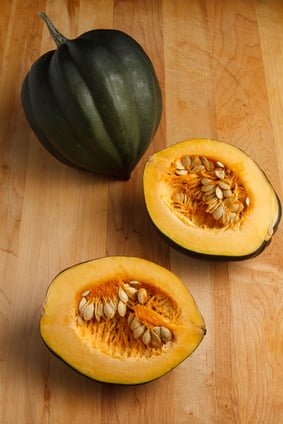
Scent Evaluation
The aroma emitted by acorn squash can also provide useful information about their ripeness. The scent evaluation method involves smelling the squash to detect any desirable or undesirable odors. Follow these steps to conduct a scent evaluation:
Procedure
- Hold the acorn squash near your nose, allowing the scent to reach your olfactory senses.
- Take a deep breath and inhale the aroma.
- Pay attention to any distinct or unusual smells.
Interpretation
A ripe acorn squash should have a pleasant, sweet fragrance. If the scent is too faint or absent, it may indicate that the squash is underripe or lacking in flavor. Conversely, if the squash emits a foul odor or smells rotten, it suggests that it is overripe or spoiled.
Harvesting Time for Acorn Squash
Determining the right time to harvest acorn squash is crucial for achieving optimal ripeness. The following factors can help guide you in determining the appropriate harvesting time:
Determining Maturity
Before venturing into the harvesting process, ensure that the acorn squash has reached maturity. It generally takes around 80 to 100 days for acorn squash to mature fully. To assess maturity, check if the squash has developed its characteristic color, skin firmness, and ridges. If these visual and physical indicators align with the expected qualities of ripe acorn squash, it is likely time to harvest.
Optimal Harvest Time
The optimal time to harvest acorn squash is typically in the fall, once they have reached full maturity. It is advisable to harvest squash before the first frost or when the temperature drops significantly. Cold weather can affect the quality, flavor, and texture of the squash. Aim to harvest acorn squash when the skin is hard, the color is deep green or slightly golden, and the stem is dry.

Storing Ripe Acorn Squash
Proper storage of ripe acorn squash is essential to extend its shelf life and maintain its quality. Follow these guidelines to ensure your squash stays fresh and flavorful:
Preparation
Before storing, clean the acorn squash by gently wiping its surface with a damp cloth to remove any dirt or debris. Ensure that the squash is completely dry before proceeding. Trim off any damaged or decaying areas, as they can affect the overall quality of the squash during storage.
Storage Conditions
Acorn squash can be stored at cool room temperature, such as in a pantry or cellar, for a few weeks. However, for longer-term storage, it is advisable to keep them in a cool, dark, and well-ventilated area. Make sure to place the squash in a single layer, ensuring they are not touching each other, as this can cause premature spoilage.
Shelf Life
When stored properly, ripe acorn squash can last for several weeks or even a couple of months. Check the squash regularly for any signs of softening, mold, or decay. Use any squash showing signs of deterioration promptly to prevent it from affecting the others.
Tips and Tricks for Ripening Acorn Squash
If you have acquired unripe acorn squash or want to expedite the ripening process, try these tips and tricks to achieve optimal ripeness:
Warmth and Darkness
Expose the unripe acorn squash to warmer temperatures, ideally between 70 to 80°F (21 to 27°C), for faster ripening. Place the squash in a dark, well-ventilated area, such as a brown paper bag or a basket covered with a cloth. The warmth and darkness will encourage the natural ripening process.
Humidity
Maintaining the right humidity levels can hasten acorn squash ripening. Place a damp towel or cloth in the storage container alongside the squash. The moisture from the towel will create a more humid environment, mimicking the conditions necessary for ripening.
Isolation
To prevent the production of ethylene gas by other fruits, separate acorn squash from other ripening fruits. Ethylene gas can either accelerate or hinder the ripening process of acorn squash, depending on the specific circumstances. Isolating the squash can help maintain control over the ripening process.
Enhancing Ripening with Apples
Apples are known to release ethylene gas, which can aid in ripening acorn squash. Place an apple alongside the unripe squash to expedite the ripening process. Be sure to monitor the progress regularly, as this combination can lead to rapid ripening.
Monitoring Progress
Regularly assess the ripening progress of acorn squash by examining the visual and physical indicators mentioned earlier. Adjust the storage conditions and timing based on the development of color, firmness, and other ripeness indicators. Patience and diligence are key to achieving the ideal ripeness for your acorn squash.
In conclusion, selecting ripe acorn squash is crucial for the best culinary experience and nutritional benefits. By considering visual indicators, physical characteristics, and employing various ripeness tests, you can confidently choose acorn squash at their peak. Remember to store the ripe squash properly to extend their shelf life, and utilize useful tips and tricks to accelerate ripening if necessary. With these guidelines at your disposal, you can enjoy the delightful flavors and textures of acorn squash in your favorite recipes.
